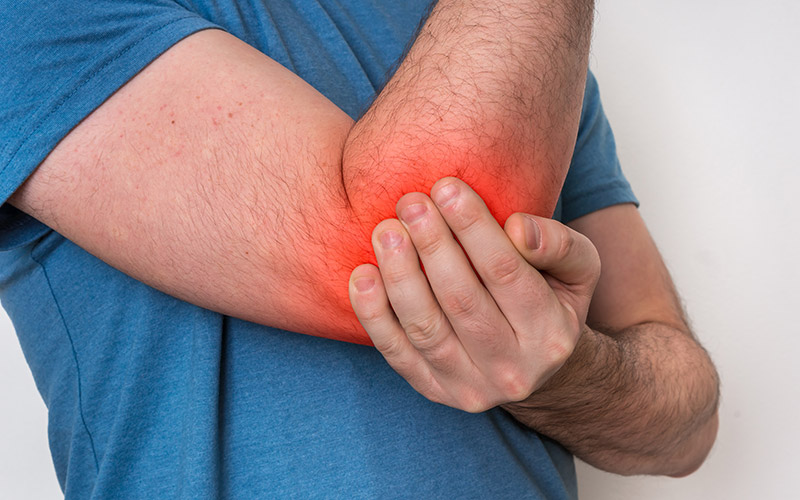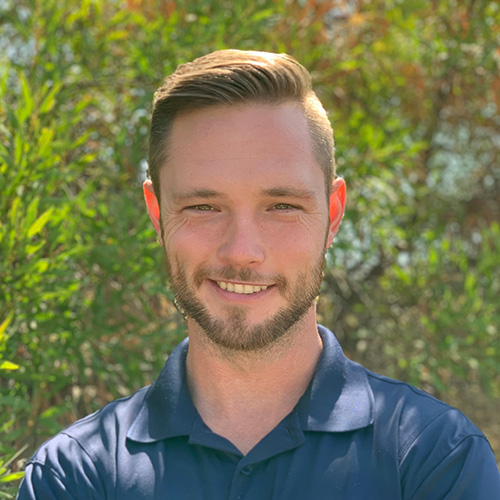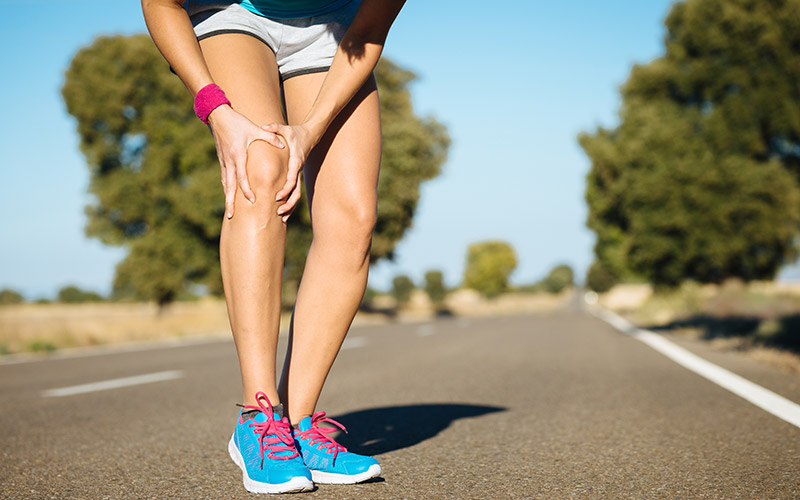What is Pronator Teres Syndrome?

What is Pronator Teres Syndrome?
Pronator teres syndrome is a disorder that is caused by the pronator teres (a muscle that helps bend the elbow and rotate the forearm) compressing the underlying median nerve. This compression of the nerve can result in neuropathy into the forearm and hand accompanied by weakness and loss of sensation of the thumb, index and middle finger1. There can be a couple of reasons for this syndrome. Direct trauma, boney abnormalities, or the most common reason for the nerve to be compressed at this location would be hypertrophy of the pronator teres1,2. This hypertrophy can be a result of manual occupations, racket sports or other activities which require repetitive forearm rotation1.



